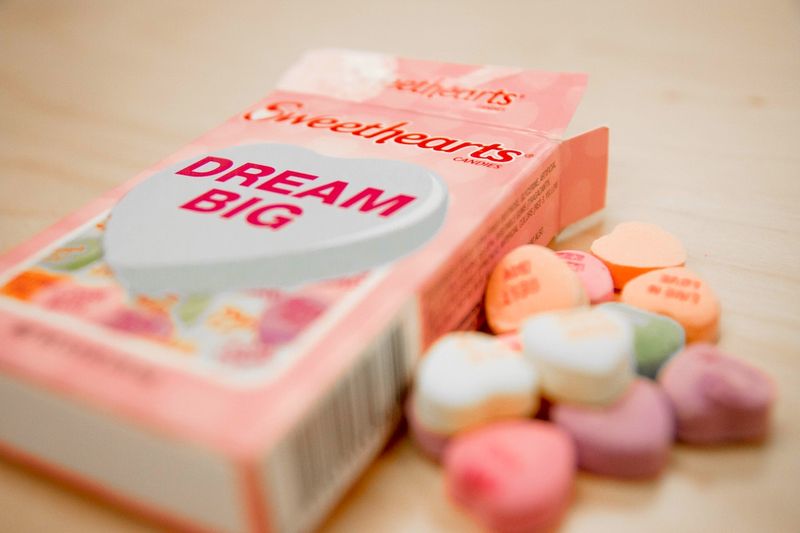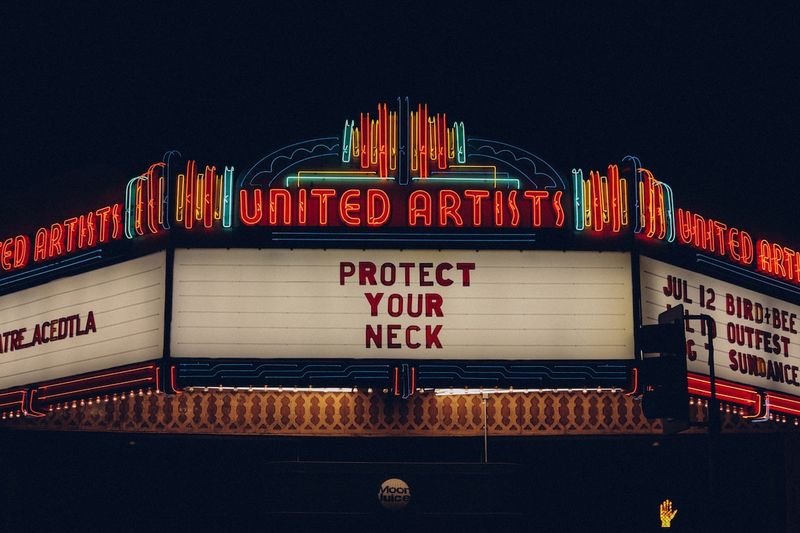Ivy Astrix is an engineer, writer, and provocateur extraordinaire. She is has spoken at events ranging from OpenCOP26 to psychedelic science conferences. Ivy maintains a strong presence on Crypto Twitter and writes longform musings on her newsletter The Asterisk.
The crypto crash is here. Paired with an economic climate that has many companies — including YCombinator — warning others that we don’t know how bad things are going to get. It makes the recent history of people paying 6 figures for electronic pictures seem like a lifetime ago.
So, what even were those electronic pictures or "NFTs"?
NFTs, or Non Fungible Tokens represent a unique asset on the blockchain, either in form of art, avatars, or so on. Holding one gains you access to exclusive Discord servers, real-life parties, and more depending on the project. But let’s talk about what you’re here for: the return on investment. NFT selling made some people quite rich — those who initially minted a Bored Ape NFT for a few hundred dollars now have a digital asset that has a floor (minimum) price of six-figures (yes, in the bear).
Does the bear market still have projects like Bored Ape?
Fast forward to today, and the market is flooded with PFP projects. Some fairly recent releases such as Crypto Coven have managed to do well, but many struggle to keep a floor price equal to or above their mint price. The art quality is also open to interpretation.
So, are NFTs over? The short answer is that the time of the ‘the wild west’ and ‘twitter millionaires’ probably is (for now at least).
Regulation of crypto looms, however a recent decision many are describing as the ‘SEC is over party’ may throw a wrench into the administrative state’s plans. The bottom line is crypto consumers have been ‘rugged’ (had their money stolen) by one too many projects, and something is going to come down in one form or the other.
So, should you still buy NFTs?
All of this leads to a more interesting question : Should you still buy NFTs? The short answer is that there really is no short answer, and the long answer requires you to ask a question of yourself, namely why you want to purchase one.
If you are purchasing NFTs as a speculation instrument, your workload is far more than it once was. Some people have turned ‘NFT day trader’ into a full-time career, as many did with ‘potstocks’ and ‘shroomstocks’. Those phenomena are far less lucrative than they once were, so keep in mind even if you commit the time, your chances of becoming the next JPEG millionaire are not very high.
If you are purchasing NFTs to collect cool digital art, consider this post your green light to continue. NFT saturation is at an all-time high, but there is still a lot of innovative and stunning art out there. As the space evolves, and if it is able to deal with its growing PR problem, many homes will have their own NFT gallery in the near future.
So, which NFTs should you add to your gallery?
Art quality is one criterion you might use on the basis of personal satisfaction, but there are more. Many crypto ‘whales’ use their wealth to ‘sweep the floor’, or push the floor price of projects higher by buying their lowest priced NFTs. Many are pretty transparent about using it as a social status marker or Twitter engagement bait, but some use it to reward projects they deem worthy that may not have yet caught sufficient virality.
This trend is very similar to the tokenomics used in creator platforms, such as Audius to shape design decisions and this will likely become the Web3-specific version of building in public. If philanthropy is your thing, you definitely should continue to purchase NFTs and sweep floors, if you are able, of the kinds of projects you want to see more of. These might be those consisting of under-represented artists, emerging forms of art, or something else entirely.
Philanthropy has also started to take root in DAO’s (decentralized autonomous organizations), with UnicornDAO (founded by Pussy Riot member Nadya Tolokonnikova) recently having raised 4.5 million dollars to empower women and LGBTQ+ artists. It can be thought of in the same vein of a startup or even a Burning Man theme camp.
Philanthropy will likely become an entire DAO niche, with the near-term outlook probably being in the area of hundreds or thousands of DAO’s that will be created.
Hitting the brakes on buying NFTs
Let’s talk about the other side of the story: Why shouldn’t you buy NFTs right now.
Many believe that the space is in desperate need of a time-out. Awash in a sea of digital marketers, many who likely recite some Gary Vaynerchuk wisdom on a daily basis, it bears a striking resemblance to the peak of cannabis financial hysteria. While even NFT promoters acknowledge the bear market or ‘crypto winter’, transparent NFT shilling continues unabated in corners of NFT Twitter.
You may want to wait until the flotsam clears and a value shift occurs in the space, where collective or community value is prized over the value of an individual’s wallet.
There is also the related problem of crypto’s general PR problem, which is increasingly an issue as many recent mainstream gaming tilts into NFTs have been quickly reversed amidst public outcry. Chief among the reasons are the perceived disproportionate environmental impacts of blockchain technology, and it remains to be seen whether the upcoming Ethereum merge to use Proof-Of-Stake instead of Proof-Of-Work will have a tangible impact.
There’s a good chance you were not considering purchasing an NFT if you were already concerned about this, but if you were unaware, it’s certainly something to consider from a values perspective. You should also look at the actual impacts of the blockchain on power consumption however, as many believe there is a large element of smoke and mirrors to the environmental claims of anti-crypto crusaders.
But then again..
NFTs help you become a part of something larger
Another reason to purchase NFTs is to decide the pathway of the space. Despite how many influencers parrot ‘if you’re here, you’re early’, the space is still young. As such, despite the technical properties of Ethereum and associated crypto, it’s going to be how users behave that will decide the practical patterns that emerge.
A good example is a recent announcement by Vitalik Buterin, Ethereum’s co-founder on ‘Soulbound’ NFTs. In short, these are NFTs that cannot be transferred once minted. There are many good uses for these — educational credentials, licensing, and other items of verification that are currently handed out through systems that often present authentication challenges.
There are also some fairly negative implications, such as tilting the space from some level of meritocracy into credentialism. Some have already suggested these might be used for proof of attendance at a conference, or other event that might be checked at a future date. To some degree POAP (Proof Of Attendance Protocol) NFTs already do this, but Soulbound NFTs are likely to get much more traction as they are adopted by large entities including government ones.
So, you might purchase NFTs from projects with anti-credentialism ideology if you’d prefer the space not tilt heavily in the favour of those with the resources to attend events or other mechanisms that gatekeep opportunities in favour of those with wealth.
It’s worth mentioning that there’s a fairly draconian use-case for Soulbound NFTs in conferring things like attending a protest, or a mark of negative reputational impact (these might easily be used as a blockchain-powered whisper network). This might be a reason to boycott the space entirely, depending on your threat model and prominence in communities that might be prone to infighting.
Is buying NFTs even your choice?
As dictatorial as the headline might sound… there’s some truth to the fact that eventually you might not have a choice in whether you participate in the NFT ecosystem. Brands have long been watching the space with cautious eyes, but given that NFT NYC is hosting a speaker from Estee Lauder, their caution is slowly but surely graduating to enthusiasm. NFTs do depend on mass adoption of crypto, but as long as that happens they will absolutely be leveraged by brands.
If brands make it a requirement to have a crypto wallet and participate in the NFT ecosystem, the choice will largely be taken out of the hands of the public. In the same way that the public doesn’t think twice about using smartphone applications from brands now that smartphones are ubiquitous, so too will they not blink an eye (eventually) of using NFTs if having a crypto wallet becomes routine.
The Future for NFTs in the Bear Market
The NFT ecosystem is still evolving, and it’s possible that in a years time the points raised here might no longer apply to the decision process around buying NFTs. As it stands now though, there are many good reasons to continue even during the crypto winter, and many others to keep your crypto purchases fungible-only for the time being. The decision is yours based on what you’re willing to risk.
Connect with Ivy on LinkedIn, follow her Twitter, and check out her newsletter The Asterisk!






